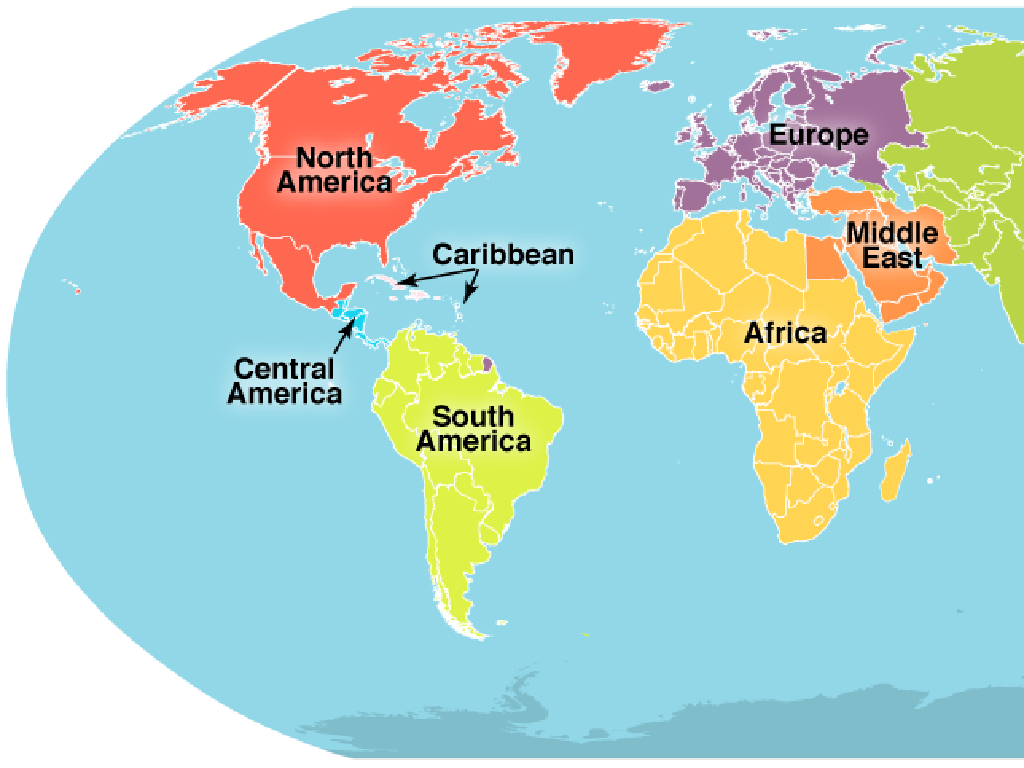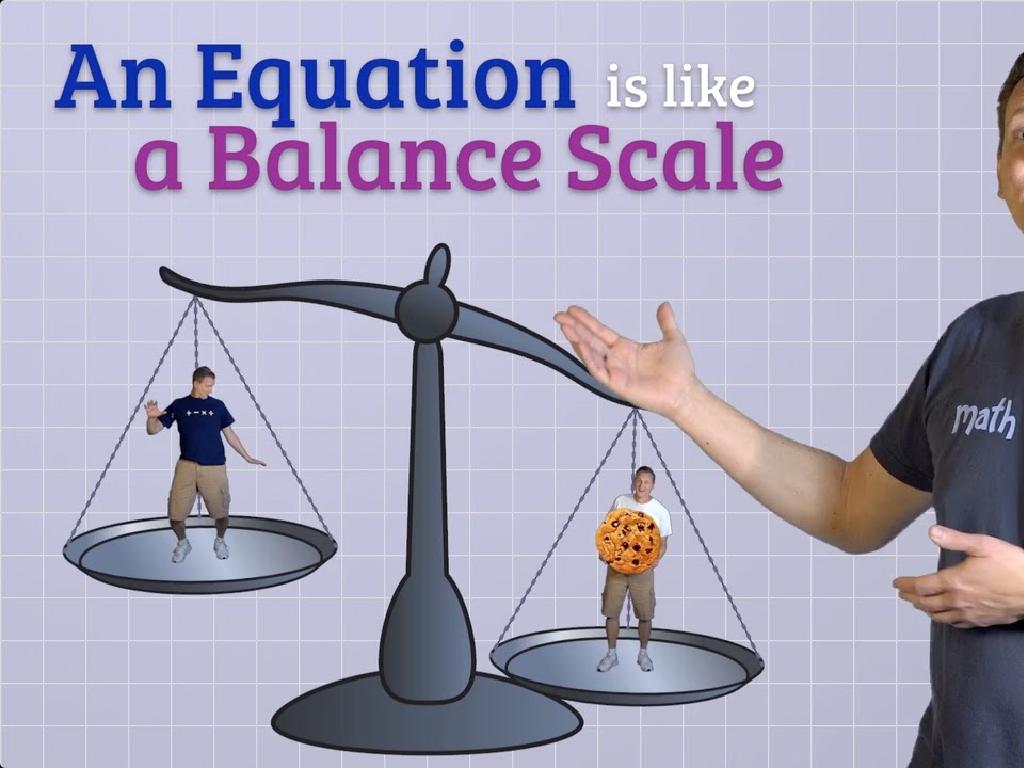Price Lists
Subject: Math
Grade: Eighth grade
Topic: Consumer Math
Please LOG IN to download the presentation. Access is available to registered users only.
View More Content
Introduction to Consumer Math: Price Lists
– Consumer Math significance
– Defining Price Lists
– A detailed list showing product prices
– Price Lists in daily life
– Menus, catalogs, and grocery store tags
– Analyzing Price Lists
– Compare items and make budget-conscious decisions
|
This slide introduces the concept of Consumer Math with a focus on Price Lists, an essential aspect of everyday financial literacy. Consumer Math teaches practical arithmetic skills used in commerce and daily life, such as understanding taxes, calculating interest, and budgeting. Price Lists are detailed compilations of items or services offered by a business with their corresponding prices, which are crucial for making informed purchasing decisions. Everyday examples include restaurant menus, shopping catalogs, and grocery store price tags. Encourage students to think about how they encounter price lists in their own lives and how they can use them to compare items and make smart, budget-conscious choices. This understanding lays the groundwork for future topics in Consumer Math, such as budgeting and financial planning.
The Purpose of Price Lists in Consumer Math
– Price lists guide consumer choices
– They provide product costs, helping consumers decide what to buy based on their budget.
– Price lists aid in budgeting
– By knowing prices beforehand, consumers can plan their spending more effectively.
– Comparing prices for better deals
– Consumers can look at different stores’ price lists to find the best value for their money.
– Price lists’ impact on spending
– Understanding price lists can lead to smarter spending and savings over time.
|
This slide aims to educate students on the importance of price lists in everyday consumer decisions. Price lists are essential tools that inform consumers of the cost of goods, enabling them to make purchases that align with their financial plans. They play a crucial role in budgeting by allowing consumers to anticipate and allocate funds appropriately. Additionally, by comparing price lists from various sellers, consumers can seek out the best deals, ensuring they get the most value for their money. Emphasize the long-term benefits of understanding and utilizing price lists, such as increased savings and better financial management. Encourage students to think of times they or their families have used price lists to make purchasing decisions.
Reading Price Lists
– Key components of a Price List
– Items, prices, and units of measure are essential.
– Understanding discounts and offers
– Learn how to spot savings and what they mean.
– Calculating total cost
– Add up item costs to find the total expense.
– Practical applications
|
This slide introduces students to the practical skill of reading price lists, which is a fundamental aspect of consumer math. Emphasize the importance of understanding the key components of a price list, including the item name, its price, and the unit of measure (e.g., per pound, per item, per dozen). Discuss how to interpret discounts and special offers, such as ‘buy one get one free’ or ‘20% off,’ and their impact on the total cost. Teach students how to calculate the total cost of their selected items from a price list, considering both the unit price and the quantity. Engage students with real-world examples, such as grocery shopping or ordering supplies, to illustrate these concepts. Encourage them to practice with actual price lists and to calculate costs with and without discounts to see the difference.
Calculating Discounts
– Understanding discounts
– A discount is a reduction on the original price offered by the seller.
– How to calculate sale price
– Subtract the discount amount from the original price to find the sale price.
– Practice: 15% discount problem
– If an item costs $50, a 15% discount means you save $7.50. So, the sale price is $42.50.
|
This slide introduces the concept of discounts in consumer math. Begin by explaining what a discount is and why it’s used in sales. Then, demonstrate how to calculate the sale price after applying a discount by showing the formula: Sale Price = Original Price – (Original Price * Discount Rate). Use the practice problem to apply this knowledge: If an item is originally $50 and there’s a 15% discount, calculate the new price. Walk through the steps: find 15% of $50, which is $7.50, then subtract that from the original price to get the final sale price of $42.50. Encourage students to solve similar problems with different percentages and original prices to reinforce the concept.
Using Price Lists to Plan a Budget
– Create a simple budget with Price Lists
– List items & prices, then calculate total cost
– Prioritize expenses with available funds
– Decide what’s necessary and what can wait
– Adjust quantities to fit the budget
– Change how much to buy based on your budget
– Practice budget planning skills
|
This slide aims to teach students the practical application of price lists in budget planning. Start by explaining how to create a simple budget by listing items and their prices, then calculating the total cost. Discuss the importance of prioritizing expenses, distinguishing between needs and wants based on the funds available. Emphasize the skill of adjusting quantities of certain items to ensure the total cost does not exceed the budget. Encourage students to practice these skills with examples, such as planning a grocery list or a small event within a set budget. This exercise will help them understand the value of money management and making informed financial decisions.
Real-Life Math: Grocery Shopping
– Apply price list knowledge
– Use unit pricing for best value
– Compare cost per ounce/liter/pound to save money
– Activity: Budgeted grocery list
– Plan a grocery list with a $50 limit
– Maximize value within budget
– Choose items that offer the most for your money
|
This slide aims to show students how to apply their understanding of price lists to everyday situations like grocery shopping. Emphasize the importance of unit pricing, which allows consumers to compare prices between different brands and sizes to find the best deal. The activity involves creating a grocery list with a set budget of $50, teaching students to prioritize and make economical choices. Encourage them to think about necessities versus luxuries, healthy options, and to calculate the total cost to stay within budget. This practical exercise will help them develop financial literacy skills that are essential for real-life budgeting and shopping.
Class Activity: Create Your Own Price List
– Form small groups for the activity
– Select items for your class store
– Research and set realistic prices
– Consider cost, demand, and profit margin
– Present your Price List to the class
– Explain your pricing strategy
|
This activity is designed to give students practical experience with consumer math by creating a price list for a hypothetical class store. Divide the class into small groups and have each group decide on a variety of items they would like to ‘sell’. Students should then research to determine realistic prices for these items, considering factors such as cost, demand, and desired profit margin. Encourage them to think about how businesses price items in real life. Each group will then present their price list to the class, explaining the rationale behind their pricing decisions. Possible variations of the activity could include competing stores within the class, negotiating prices with ‘customers’, or adjusting prices based on supply and demand scenarios.
Conclusion: The Role of Price Lists
– Recap: Price Lists in Consumer Math
– Review: Key Concepts of Today’s Lesson
– Discuss the calculation of total cost, discounts, and comparison shopping.
– Engage: Q&A Session
– Encourage students to ask questions about today’s lesson.
– Reflect: Importance of Price Lists
– Understand how price lists aid in budgeting and informed purchasing decisions.
|
As we wrap up today’s lesson, it’s crucial to revisit the concept of price lists and their significance in everyday consumer decisions. Highlight how price lists are used to calculate total expenses, apply discounts, and compare prices across different vendors, which are essential skills in managing personal finances. During the Q&A session, prompt students to think critically about the scenarios discussed and ask any clarifying questions. Emphasize the practicality of understanding price lists for effective budgeting and making informed choices as consumers. This reflection will help solidify their learning and appreciate the real-world application of math in their daily lives.






